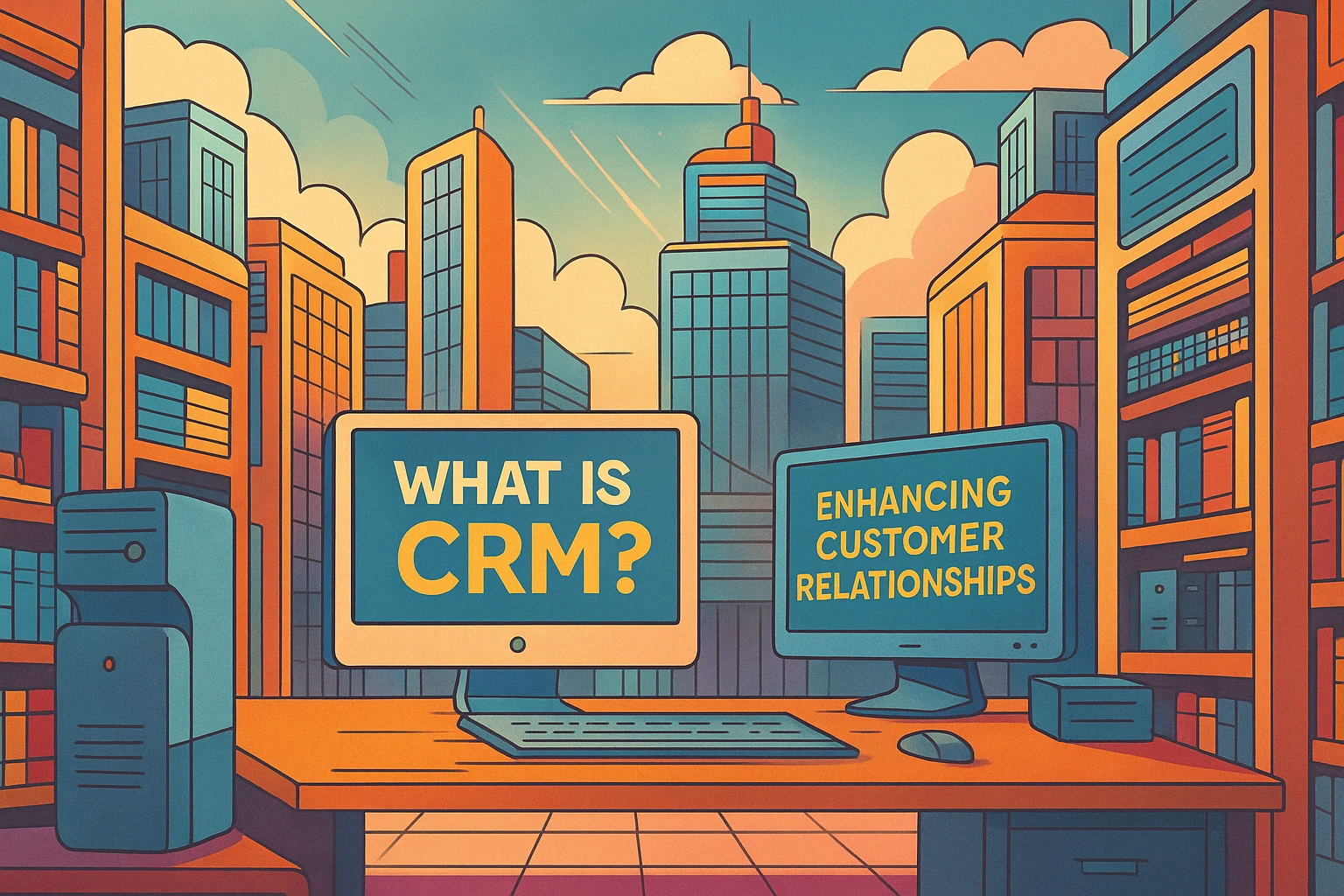SaaS vs. On-Premise Solutions: Key Differences
Learn pros and cons to make informed decisions for your business needs.

When choosing software solutions, businesses often face a critical decision: whether to go with Software as a Service (SaaS) or On-Premise solutions. Each model has its own set of advantages and drawbacks. Understanding the key differences and evaluating the pros and cons of each can help organizations make informed decisions that align with their specific needs and goals.
Key Differences
1. Deployment and Accessibility
- SaaS: Software is hosted on the cloud and accessed via the internet. Users can access the software from anywhere with an internet connection
- On-Premise: Software is installed and runs on local servers within the organization’s physical premises. Access is generally limited to the organization’s network.
2. Cost Structure
- SaaS: Typically follows a subscription-based pricing model, with costs spread over time (monthly or annually). This reduces upfront expenses.
- On-Premise: Involves significant upfront costs for software licenses, hardware, and infrastructure. Ongoing costs include maintenance, upgrades, and support.
3. Maintenance and Updates
- SaaS: The service provider handles all maintenance, updates, and security patches. Users always have access to the latest features.
- On-Premise: The organization is responsible for maintenance, updates, and security. This requires dedicated IT staff and resources.
4. Scalability
- SaaS: Easily scalable. Businesses can quickly adjust their subscription plans to add or remove users and features as needed.
- On-Premise: Scalability can be more complex and costly, often requiring additional hardware and infrastructure upgrades.
5. Security
- SaaS: Security is managed by the service provider, who implements robust security measures and compliance standards.
- On-Premise: The organization has complete control over security, which can be beneficial but also requires significant expertise and resources to manage effectively.
Pros and Cons of SaaS
Pros:
- Lower Initial Costs: Subscription-based pricing reduces the need for large upfront investments.
- Ease of Access: Accessible from any location with an internet connection.
- Automatic Updates: Service providers handle updates, ensuring users always have the latest features and security patches.
- Scalability: Easily scalable to meet changing business needs.
Cons:
- Dependency on Internet: Requires a reliable internet connection for access.
- Limited Customization: Less flexibility in customization compared to on-premise solutions.
- Data Control: Data is stored on third-party servers, which may raise concerns about data control and privacy.
Pros and Cons of On-Premise Solutions
Pros:
- Control: Complete control over the software environment, customization, and data security.
- Performance: May offer better performance and reliability, especially for organizations with robust IT infrastructure.
- Integration: Easier to integrate with other on-premise systems and legacy applications.
Cons:
- Higher Initial Costs: Significant upfront investment in software licenses, hardware, and infrastructure.
- Maintenance: Requires dedicated IT staff for maintenance, updates, and security management.
- Scalability: More complex and costly to scale compared to SaaS solutions.
Conclusion
Choosing between SaaS and On-Premise solutions depends on various factors, including budget, IT resources, scalability needs, and security requirements. SaaS offers lower initial costs, ease of access, and automatic updates, making it ideal for businesses seeking flexibility and scalability. On the other hand, On-Premise solutions provide greater control, customization, and potential performance benefits, suitable for organizations with robust IT infrastructure and specific security needs. By carefully evaluating these differences and weighing the pros and cons, businesses can select the solution that best aligns with their operational goals and long-term strategy.






